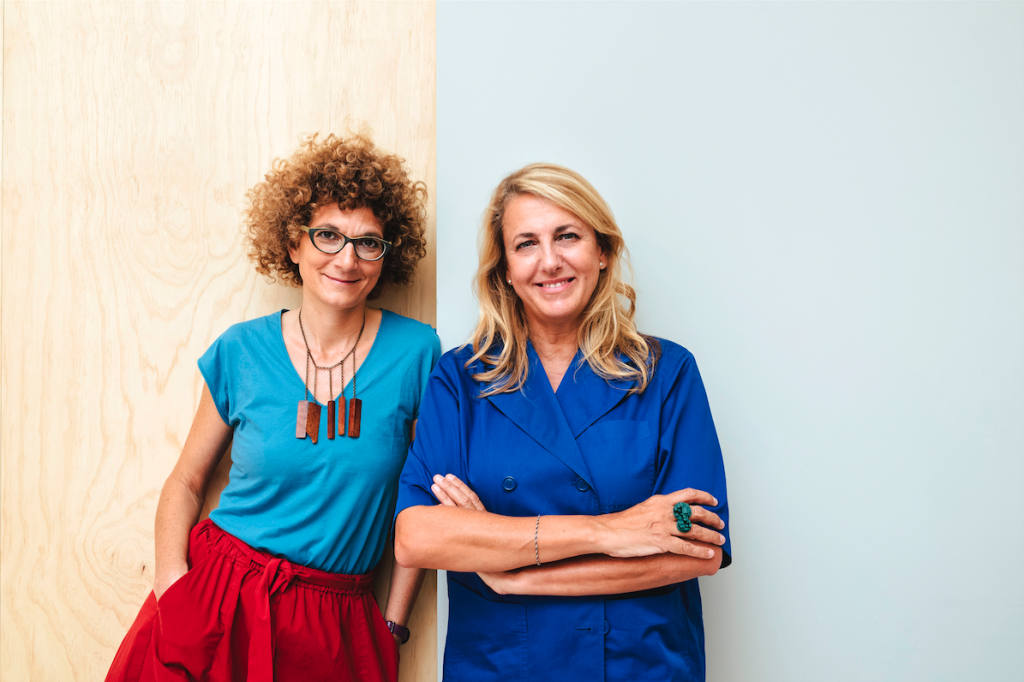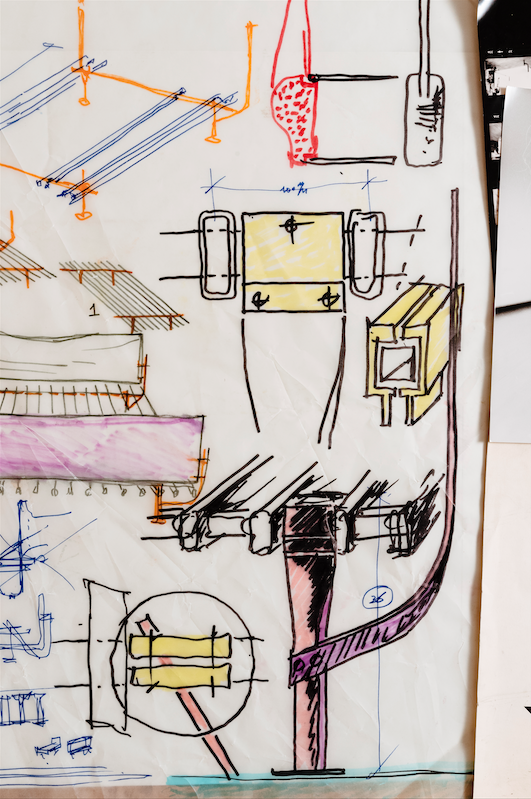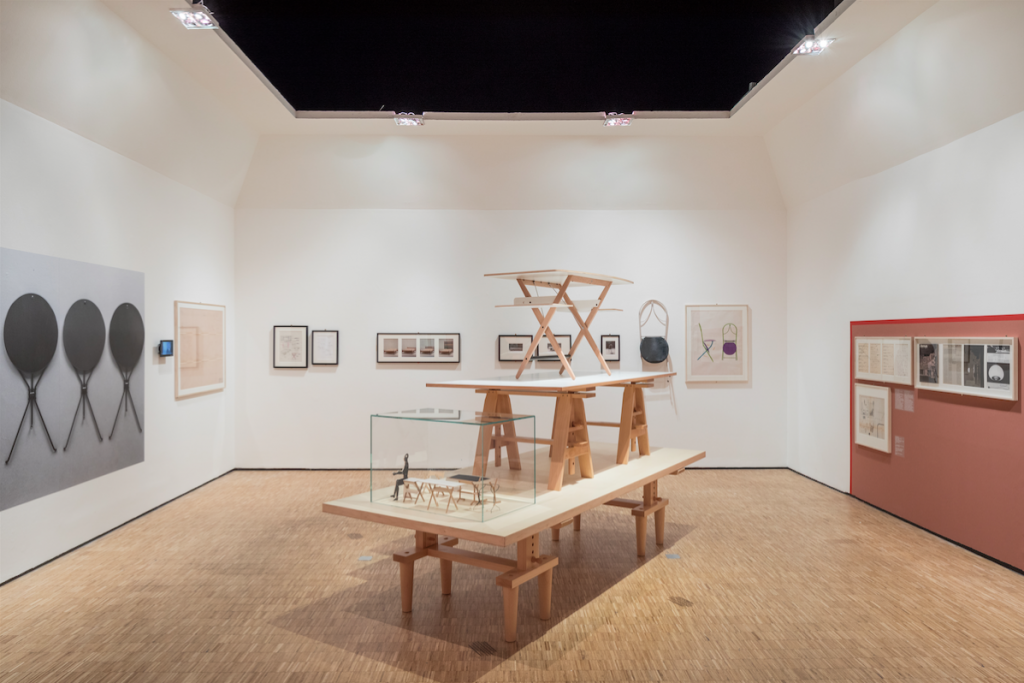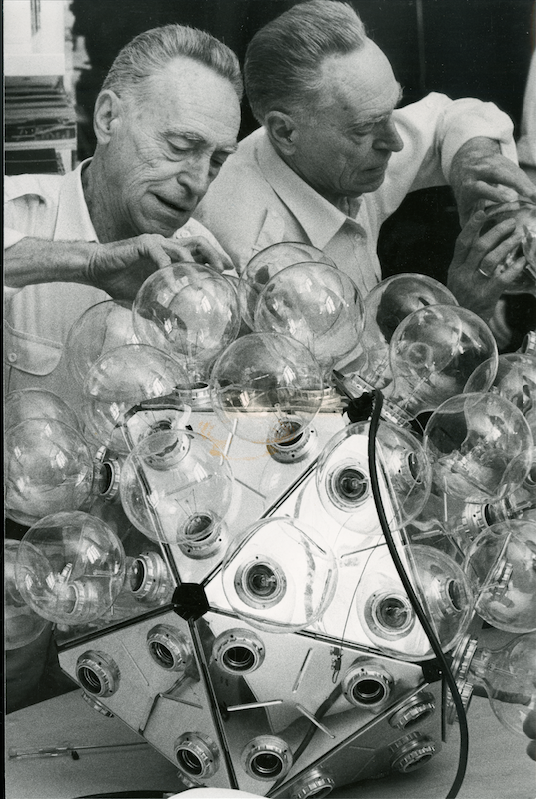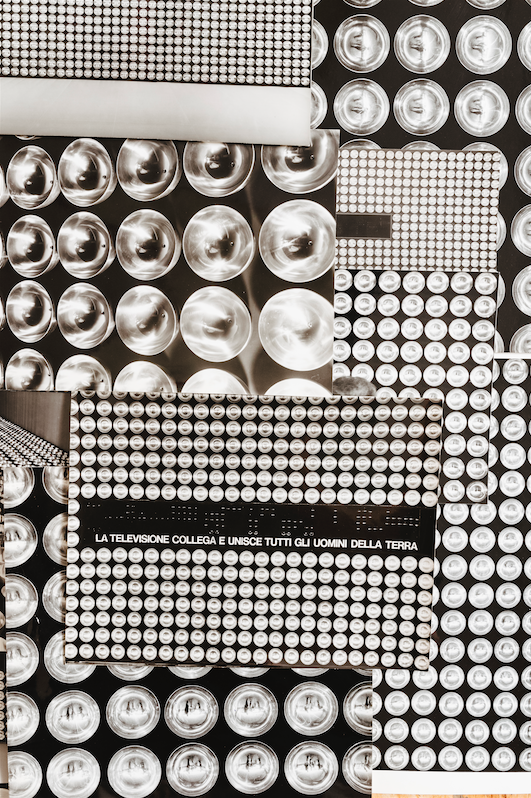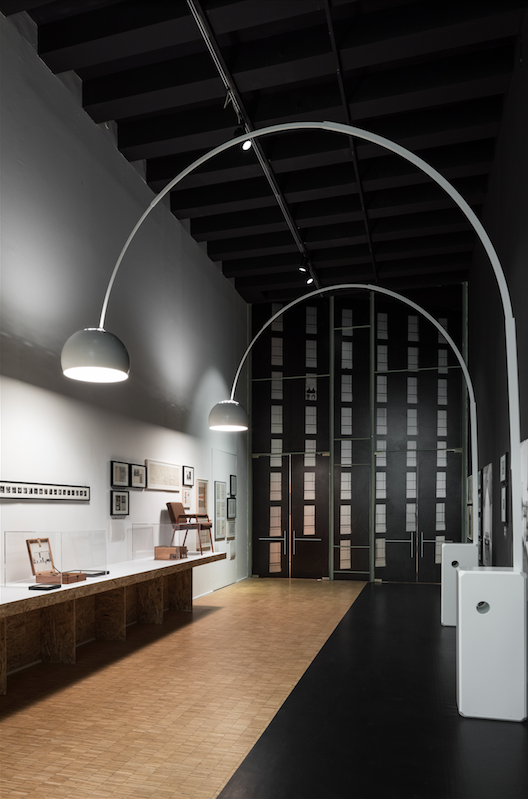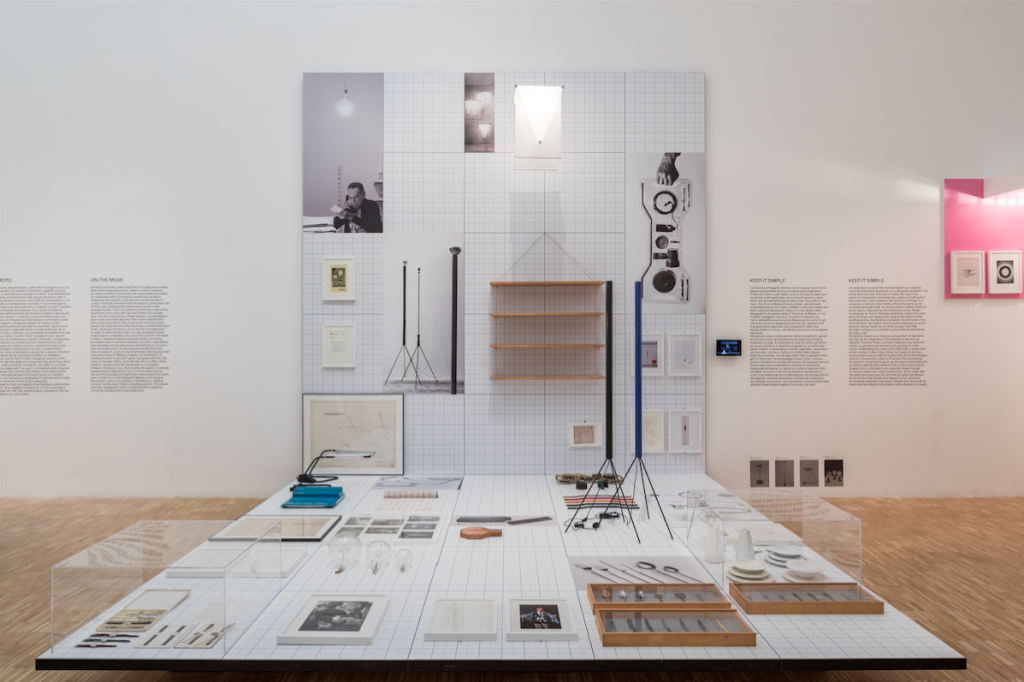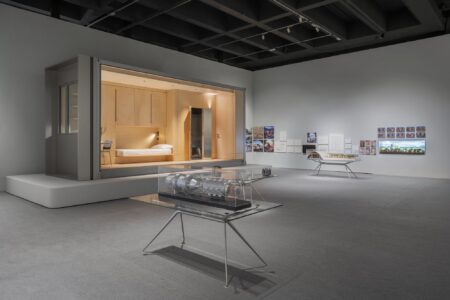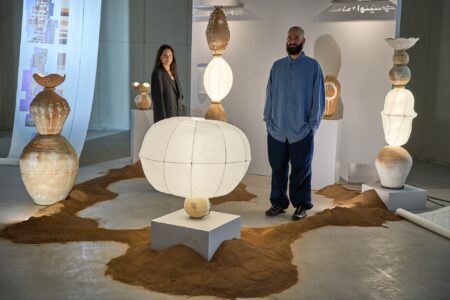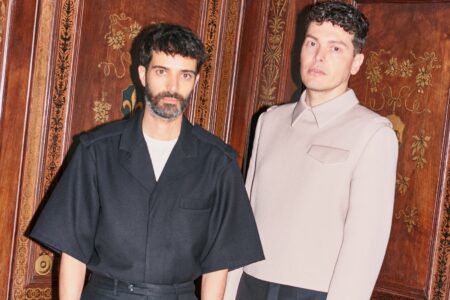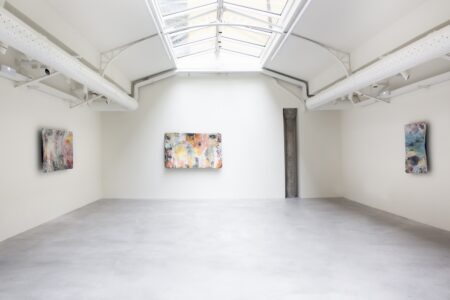
100 years of Achille Castiglioni!
TLmag talks to Patricia Urquiola and Federica Sala about their curation of ‘A Castiglioni’ – a monolithic exhibition celebrating the Milanese design maestro
From lamps to car seats to exhibitions to spoons to architecture, Italian designer Achille Castiglioni (1918-2002) was prolific, playful and inquisitive. To commemorate the 100th anniversary of Castiglioni’s birth, La Triennale di Milano is hosting a major monographic exhibition celebrating this maestro of Italian design. Entitled A Castiglioni, the exhibition was curated by Patricia Urquiola in collaboration with Federica Sala. It presents well-known products of the designer in a new light as well as revealing never-seen-before drawings, photographs and discoveries that were uncovered during the intensive archival research process for the exhibition.
TLmag catches up with Patricia Urquiola and Federica Sala to find out more about ‘A Castiglioni’:
Hosting this exhibition in Castiglioni’s home town of Milan seems very fitting. Is this part of the reason that La Triennale di Milano chose to do this monumental exhibition?
Federica Sala: Yes, Castiglioni has a long deep history with the city of Milan. He was totally Milanese. He worked with all the biggest institutions in Italy and he taught in the polytechnic university in Milan throughout his career and therefore has helped to form generation after generation of designers. He has been very important for the city of Milan where his studio still remains.
How did you do the research for this exhibition?
Patricia Urquiola: It was very interesting to get the opportunity to dig into different archives. We analyzed the archives of the various foundations, such as the FAC (Fondazione Achille Castiglioni), the CSAC (Centro Studi e Archivio Della Comunicazione di Parma), brands with whom he collaborated like Alessi, Cassina, Mumac (Cimbali), DePadova, Flos, Kartell and Zanotta, archives of museums like Triennale and EDI and lastly private archives from individuals such as Aldo Ballo, Gregotti, Mulas e Sacchi.
It was fascinating to hear different stories from people who worked alongside him, a chance to get to know Achille in a more complete way and to have the confirmation of how much he was loved and appreciated professionally and humanly from everyone.
F.S: One of the more difficult things is that everyone knows Castiglioni – he is so well known. We really wanted to not be boring. We also wanted to underline some different aspects of his career. So we really forced the FAC to look deep into their cave. They had packets that have been closed for about 50 years.
Locating the different archives has been very interesting because sometimes you had a proper archive and other times we had to call the nephew of the cousin of the photographer at the time.
Were there any unexpected surprises in these archives?
P.U: It was great to find a very funny “artistic bill” and also to discover that in the scenography of Hispaniola that you can see the Allunaggio seat. We also found many never seen before projects like the egg-holder for Alessi and personalized congratulation letters from many designers and architects.
F.S: What surprised me most was how Castiglioni and his brother, Pier Giacomo Castiglioni – who worked with Achille Castiglioni until he died in 1968 – anticipated so many things.
For example, the work they made for the home exhibition in 1957. They put the television on an up-and-down system which was incredible because at that time televisions hardly existed in Italy and they were a huge piece of furniture. He was always years ahead in his thinking which is why most of his products are still in production, it is not just because they are design icons but because they are still relevant in their function.
The exhibition is split into 20 clusters such as ‘Not everyone knows…’, ‘on the move’, ‘playfulness’ and ‘the Grand Milan’. Why did you choose to use these thematic clusters rather than a chronological exhibition format?
F.S:Throughout our research, we saw how there have been recurrent thematics in all his work so we decided to present these in clusters. Some of the clusters are more conceptual and some are more every day. For example, one of the clusters is ‘the void’. It looks at how Castliglioni used the void in design and architecture to draw a shape and create function through absence. Every cluster has a few ingredients together, although some are more about architecture and some are more about design, but they are themes that we found throughout his career.
We also wanted to create a sense of rhythm inside the exhibition. Castiglioni always emphasized that the path of an exhibition is very important. The exhibition spans two floors. On the ground floor, there is a more classical start and approach. Then there is a big spiral staircase and when the visitors get to the top they enter the biggest space of the exhibition. Here there is a change of pace in the rhythm and light, so it is a crescendo.
What were the biggest challenges of the making of the exhibition?
P.U: A challenging aspect was to give an ironic spin on some of the work done by Achille and his brother Pier Giacomo and aiming to reach not only the creative industry but also a broader public.
F.S: We really wanted to be deep and funny at the same time, as Castiglioni was. This was a big challenge because Castiglioni was really the master of exhibition design. We tried to transform all the material that we found in the archive in contemporary ways with a playful approach.
We spent a lot of time on the text of the exhibition and the graphic design with Dallas Studio to achieve this. For example, in one of the clusters that is about mirrors and reflection, the text is written back-to-front so you have to read it in the mirror. We have a lot of little details that make sure the visitors always interact with each cluster. Every little cluster has a different treatment and I think this gives a lot of variety.
The final room is an installation that was created in collaboration with the lighting company Flos, could you tell us about this?
The Parentesi installation is like the anniversary cake for Castiglioni because it is 100 Parentesi lights which he designed for Flos in 1971.
In the installation of the 100 Parentesi, there are some hybrid ones with some different bulbs because you often see them like this. The life of the lamp goes on even after the original bulb dies, it just gets a different look.
What do you hope visitors will take away from visiting A Castiglioni’?
P.U: Through this exhibition, we tried to show Achille’s work as well as the wonderful human being he was. Through analog and digital means I want to drag the viewer into his world and to transmit Achille’s thoughts, which are still so contemporary.
F.S: I hope it is an exhibition that will interest everyone. It is not just for professionals of design… it is an exhibition about a man who, throughout his life, designed objects that we all know.
A Castiglioni will be on display until January 20, 2019
Cover image: AC and Dry 1985. A. Castiglioni with Dry cutlery. Photography by Flos, courtesy of Fondazione Achille Castiglioni
